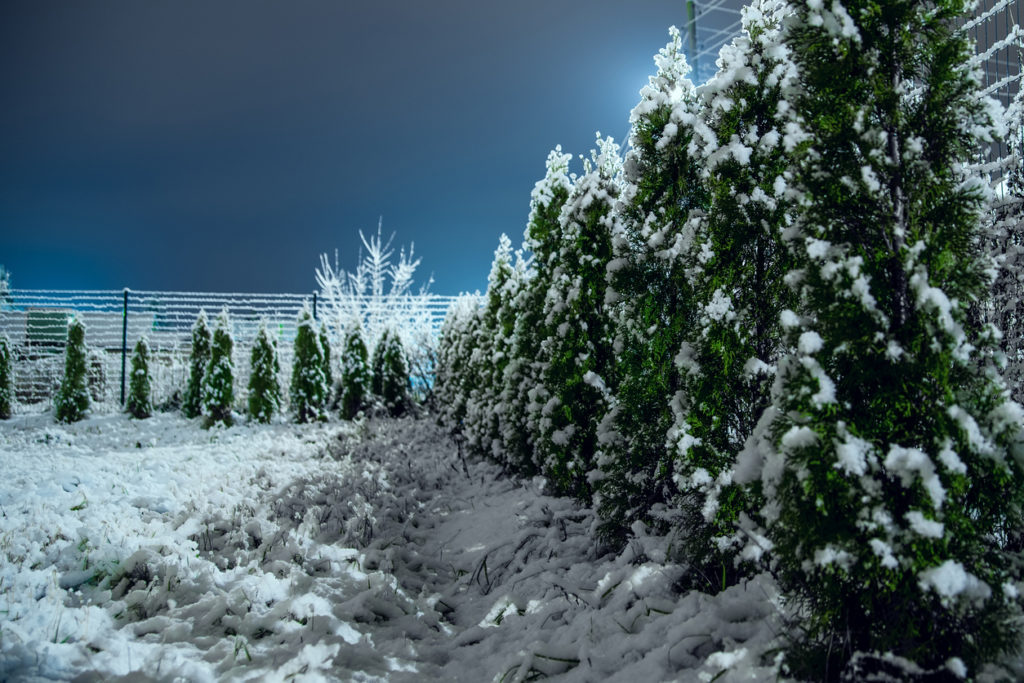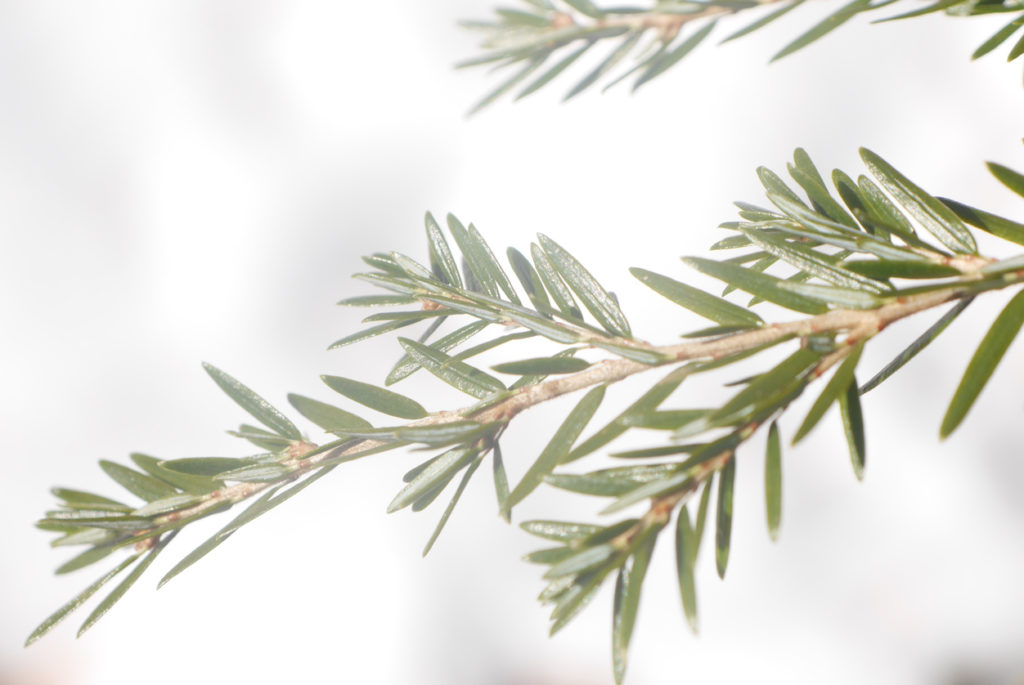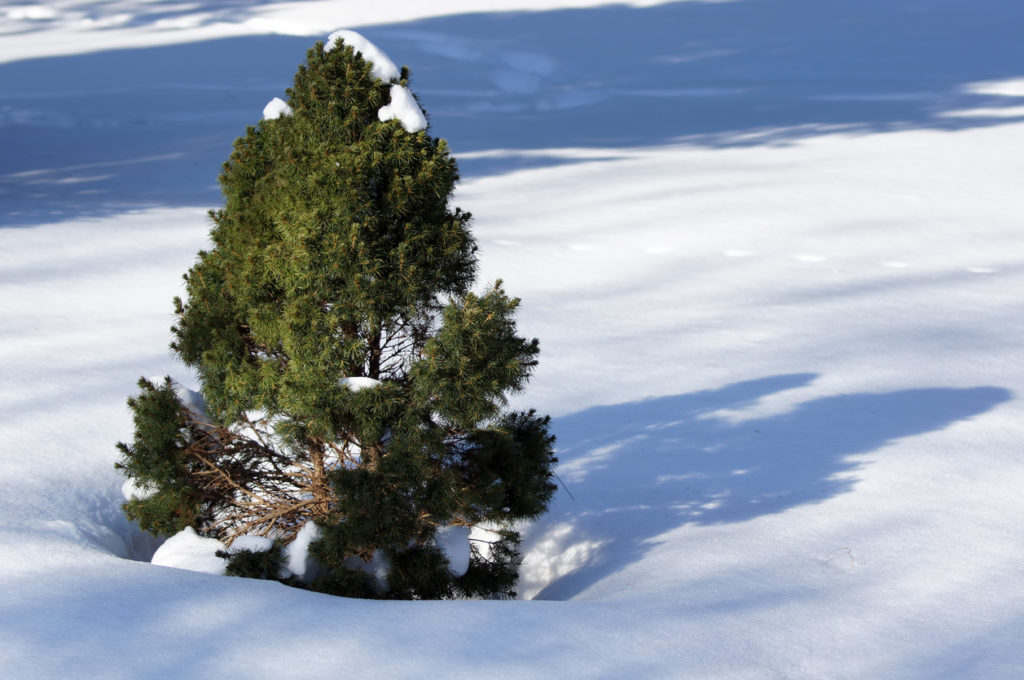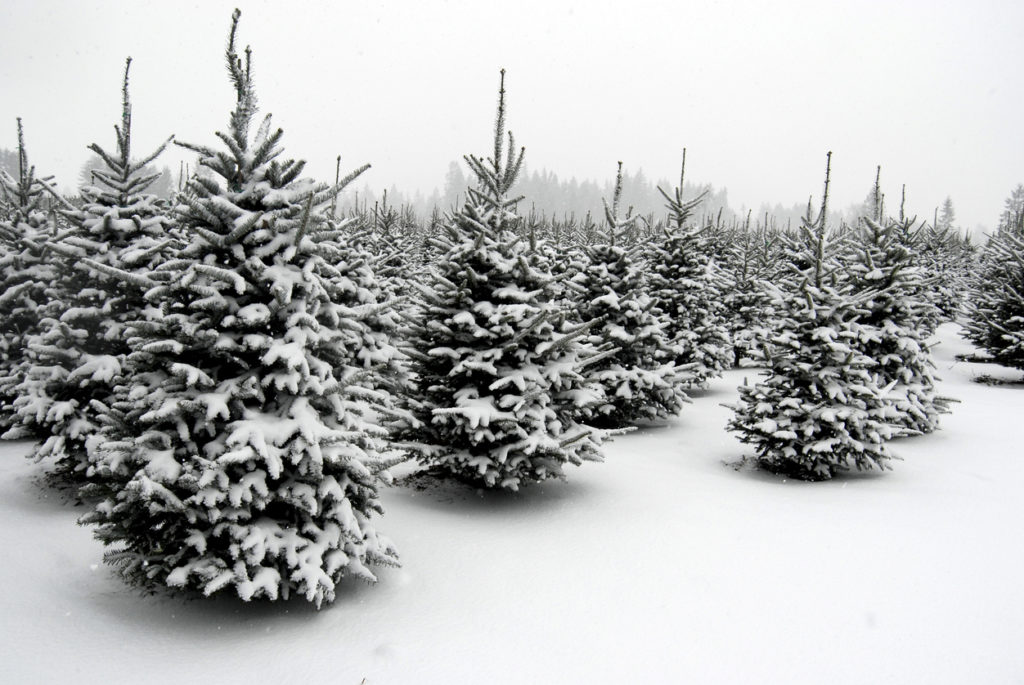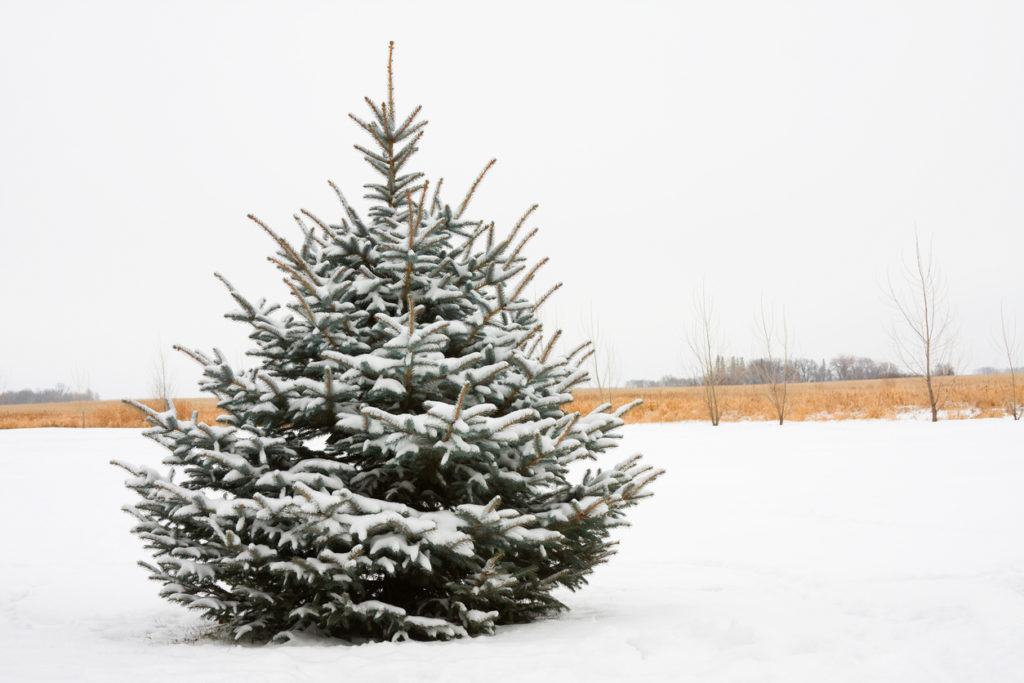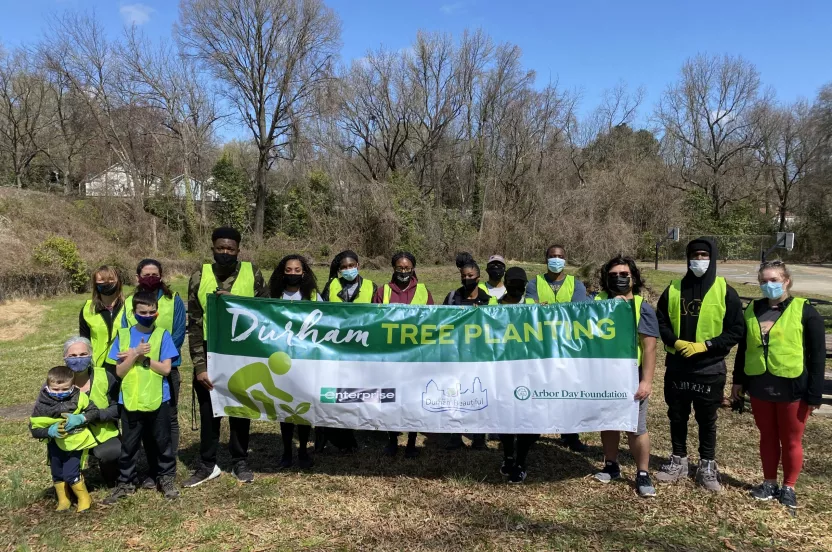Now live: The 2025 Canopy Report. Learn how Americans see trees. GET THE REPORT
A windbreak is a practical and inexpensive way to shielding heavy winds from your home, but windbreaks have additional benefits unrelated to wind. Planting trees along the outer edge of your yard or property is smart way to create a privacy barrier, buffer noise, reduce heating and cooling costs, protect livestock and add appeal to your property. Trees are also more likely to outlive any fence you build for the same purposes.
Numerous factors will influence which trees you plant: evergreen, deciduous, same species, variety, longevity, hardiness zone, the options are plentiful. Here are five evergreens that make for great windbreaks and look beautiful. We even offer a mixed screen windbreak collection to simplify your search.
Watch Ask an Arborist: Why Should I Plant Evergreens?
- American Arborvitae (Thuja occidentalis)
Hardiness zones 3-7, slow growing, 40-60 feet high
Check out Tree Care Tips for the Tree of Life: Arborvitae
2. Canadian Hemlock (Tsuga Canadensis)
Hardiness zones 3-8, slow to medium growing, 40-70 feet high
3. White Spruce (Picea glauca)
Hardiness zones 2-6, medium growing, 40-60 feet high
4. Douglasfir (Pseudotsuga menziesii var. glauca)
Hardiness zones 4-6, medium growing, 40-70 feet high
5. Colorado Blue Spruce (Picea pungens)
Hardiness zones 2-7, slow growing, 50-75 feet high

